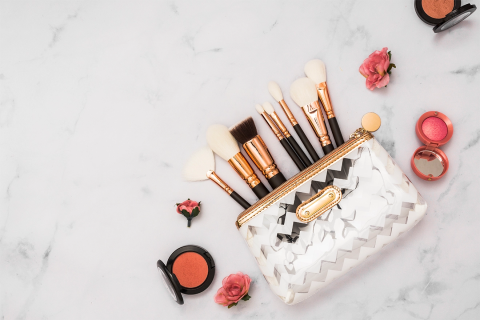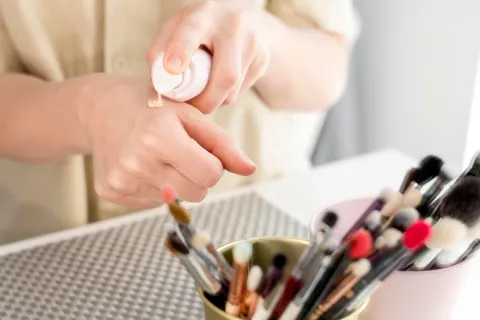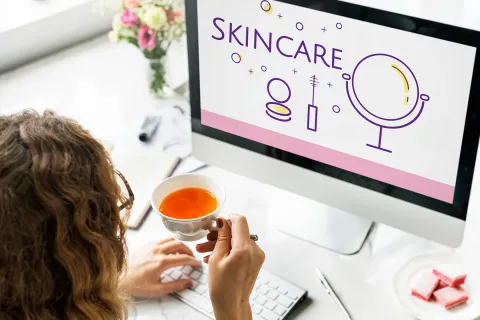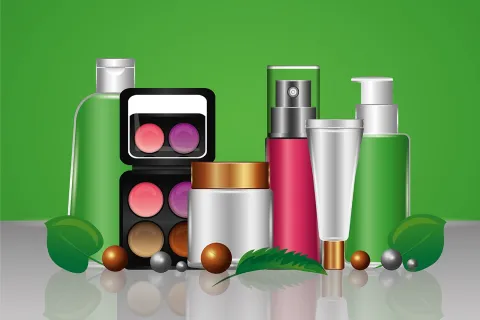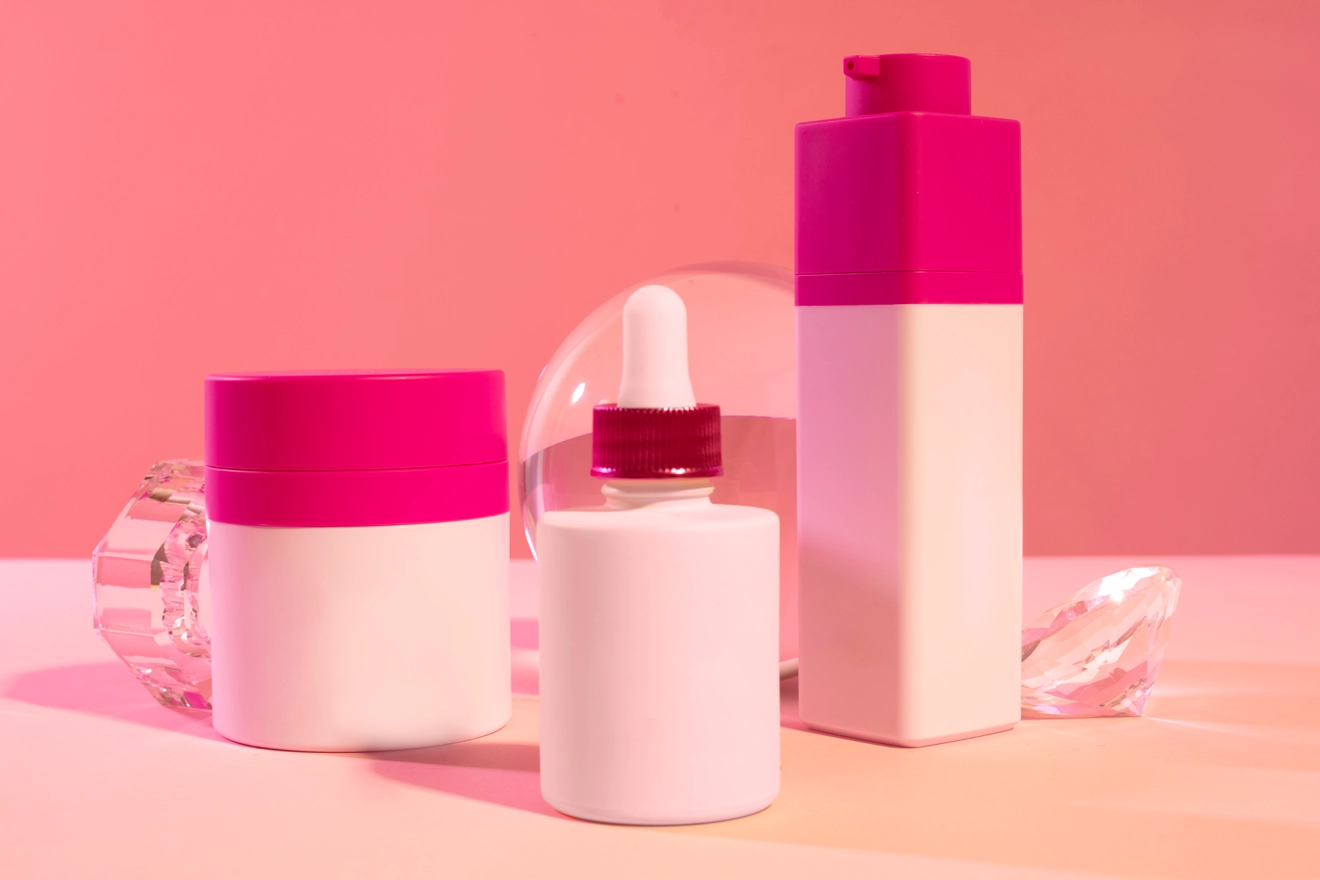
Demand for cosmetics is consistently growing, worldwide. All thanks to the online product sale, increased beauty consciousness and younger generation’s lifestyle standards. On the other side, apart from meeting the consumer’s and market demands, there is an increasing responsibility on cosmetic product manufacturers to address the Regulatory bodies and end-user’s expectations of cosmetic product safety.
Though Health authorities like the United States Food and Drug Administration (US FDA), the Health Canada, and the European Medicines Agency, etc. have no major mandatory requirements for marketing cosmetic products, some of the global HAs demand notification, while others have set preferences in the ingredients to be used. Few agencies request product information in a prescribed format to communicate the product’s actual composition to the end-users. Having said that, it seems that globally there is no defined/consistent Regulatory framework to guide cosmetics manufacturers.
However, there are some common tests which are deemed necessary to ensure cosmetic product safety and quality. Listed below are few of them.
- Microbiological Test: As a cosmetic can contain different microorganisms and when they mix up with that of the end-user’s applications, they can be harmful. To avoid that, it is required to conduct a Microbiological test to detect the presence of any unwanted growth of micro-organisms such as bacteria, fungi or yeast that might affect the end-user’s health and alter the formulation of the product in long term. The test is conducted on raw materials used in manufacturing, the bulk products, and the formulated final product.
- Stability Test: A cosmetic product is subjected to stability testing to ensure if it retains the intended physical and chemical standards as well as functionality and aspects such as color, odor, texture, flow etc. when kept under claimed conditions. Stability tests can be modified depending on the product type and formulation. Stability test on cosmetics can be either conducted in real-time or accelerated conditions.
- Safety and Toxicological Test: While individual raw materials that can be used in cosmetics can be sorted out for toxicology, their mixture in final product compound may present unidentified risks to end-users. To determine such risk-prone ingredients and their mixtures, a safety and toxicological assessment must be done. Basing on the product type, several safety and toxicological tests are required to find out the product’s effects when it is applied on skin, such as irritation, corrosion, penetration or sensitization etc.
- Performance Test: To promote a cosmetic product, manufacturers make certain claims about its functionality. To market the product, the health authorities require that the claims be substantiated with viable evidence. The claims could be skin whitening, anti-dandruff, sun-proof, etc. There are standard performance tests the product developers should carry out to demonstrate the intended purpose.
- Compatibility Test with Packaging: Ingredients of chemical and other nature are subject to reaction when in contact with the final packaging of the cosmetic product. The resulting change might alter the functionality of the product and affect its users in unforeseen ways. Thus, manufacturers must ensure their cosmetic product pass through compatibility test with packaging. The test also checks for alterations in product aesthetics and corrosive effects.
As all the results from the listed tests are essential and are required for compiling Product Information File (PIF), the product manufacturers are expected to not only keep all the record safe but also to ensure all the cosmetic safety assessments such as toxicological assessment, claims substantiation, formulation review, are compliant enough for the end-user’s safety. Determine the safety tests needed for your product and ensure quality with right Regulatory assistance. Be compliant.



